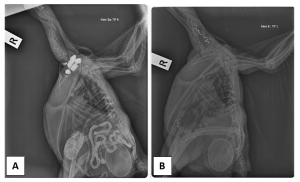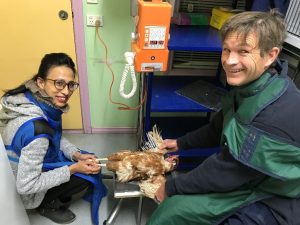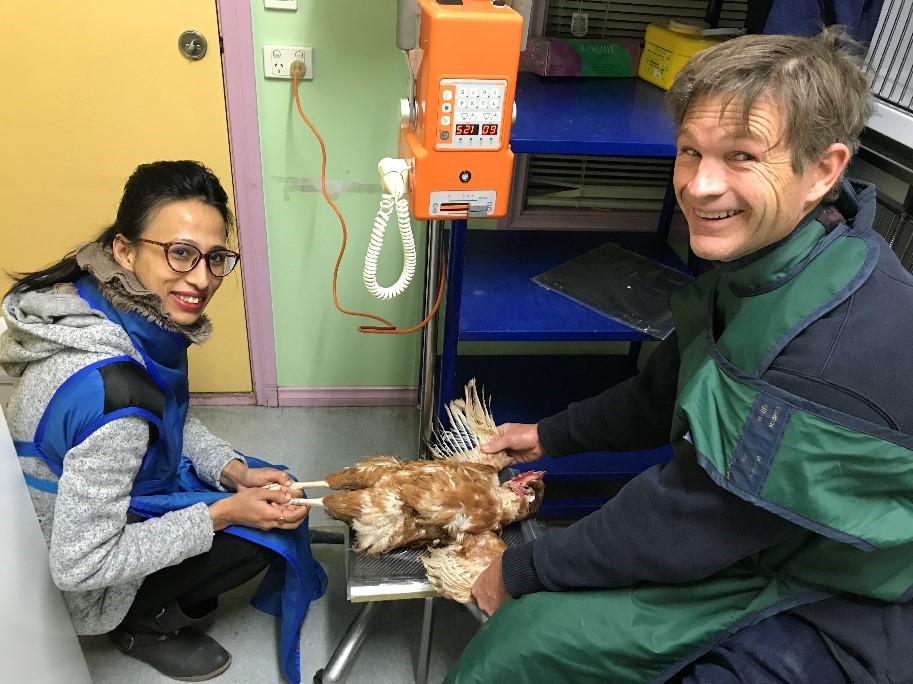Evaluating the miracle of gastrointestinal transition time –
Uncovering the secrets of high performing free range layers.
By Dr Isabelle Ruhnke and Manisha Kolakshyapati
We know that birds are able to use their crops to store large amounts of feed. Not only the crops, but gizzards are also highly flexible regarding their holding. Interestingly, the size of gizzards can increase even over 100% of its original size as a response to fibre/pasture and the necessity to grind coarse feed particles. The well-developed crop and gizzard can function as a regulator of feed intake, retention time and nutrient turnover. Although there are various factors that affects the retention time of feed in the gastrointestinal tract, crop and gizzard are considered to be the most important organs.
As much as we know about the effect of fibre and particle size on gut holding capacity in broilers and layers, we still have no idea about the successful feeding strategies of high performing free range laying hens. Bringing light into the dark, PhD student Manisha Kolakshyapati and Dr. Isabelle Ruhnke from the University of New England are working on a refined technique to evaluate the gastrointestinal transit time.
The retention time of feed at different sites in the gastrointestinal tract is important in regulating the impact of digestive enzymes as well as the absorption capacity from the villi in the intestine. The digestive tract of avian species is particularly short compared to other species which results in faster passage rate in growing chicken and laying hens. Less retention time may affect the degradation facilitated by enzymes and hence, the efficacy of those. Thus, it is logical to hypothesize that hens housed in free range systems may benefit more from the well-developed crop and gizzard function which would potentially improve the efficacy of digestion process, nutrient utilization and gut health.

Although studies have been carried out adding Titanium dioxide (TiO2) marker to the feed and calculating them in the excreta to determine the whole tract passage rate, significant effect of retention time on performance and digestion still needs to be demonstrated. While most of the studies have used the whole gut transit time and rely on slaughter technique, very few study have used comparative marker excretion pattern to determine the passage rate in different segments of the digestive tract to determine the passage rate.
The team at UNE aims to determine, optimize and validate an easier, handy, less laborious and less time consuming method and most importantly a method that requires only few birds compared to the common slaughter technique. Currently, the researchers are comparing barium sulphate suspension (BaSO4) and Barium Impregnated Polyethylene Spheres (BIPS) to the gold standard Titanium dioxide (TiO2) marker method. We are looking forward to hearing about the outcome of this promising research at the Australian Poultry Science Symposium 2018.



